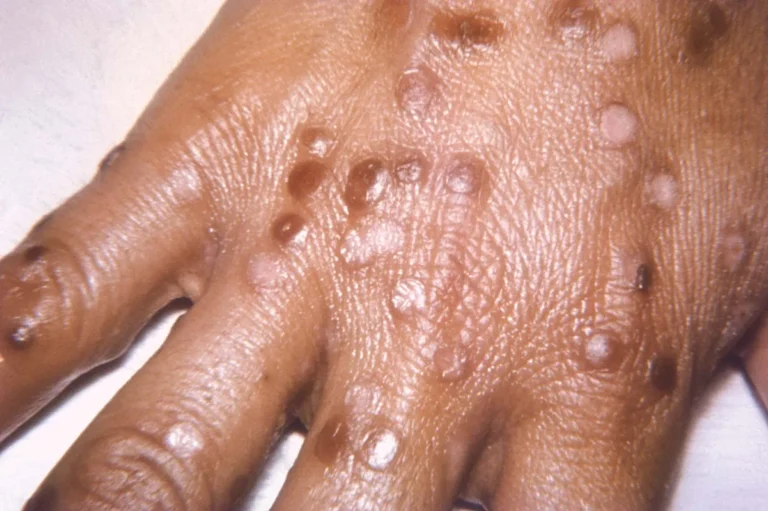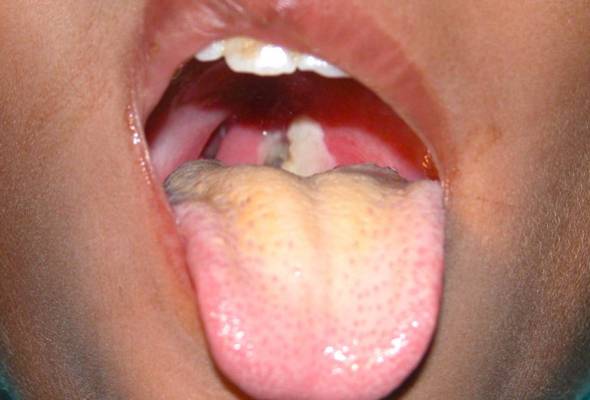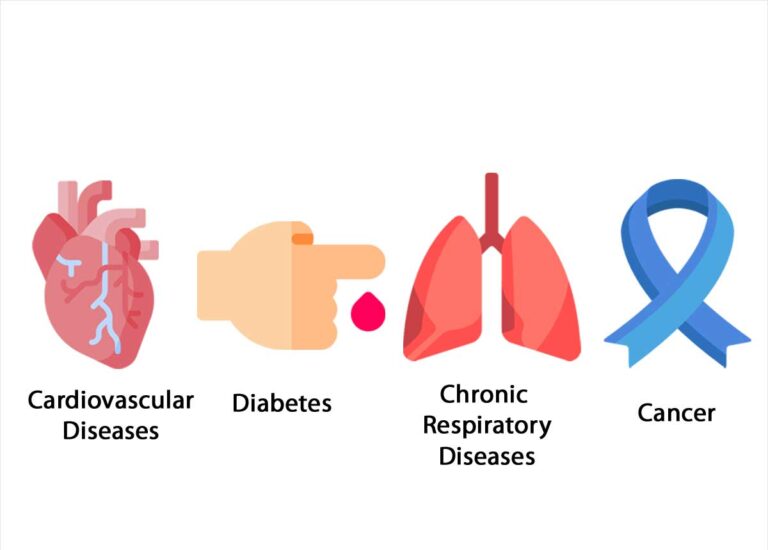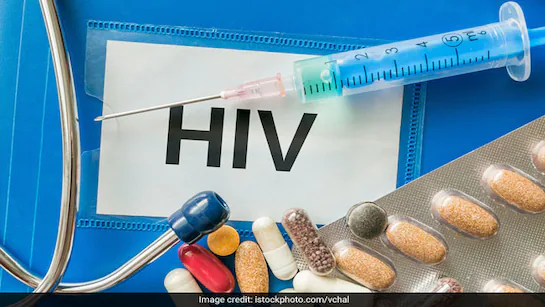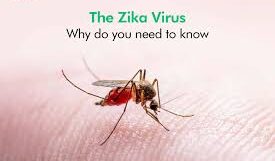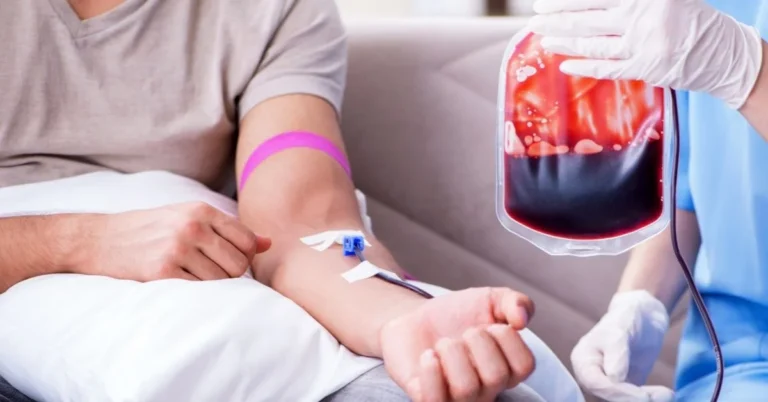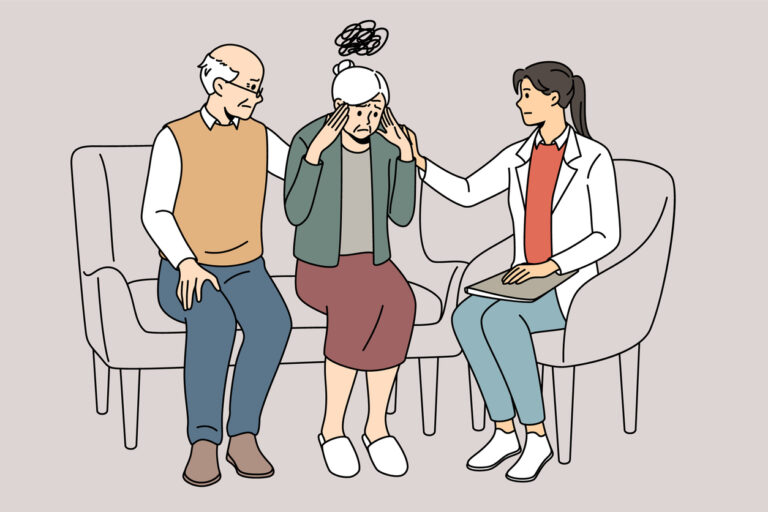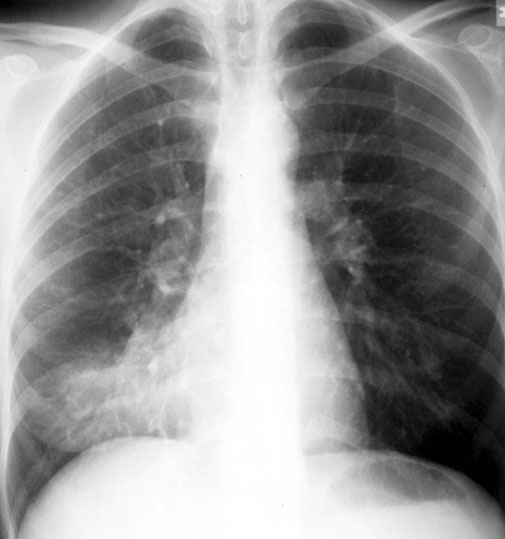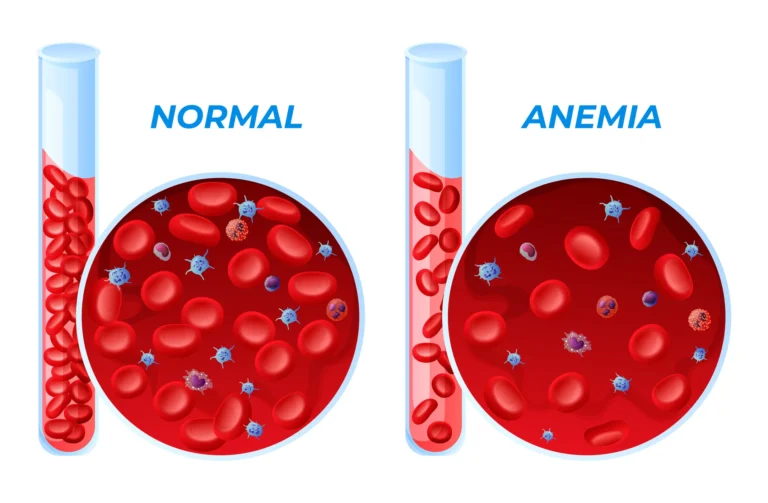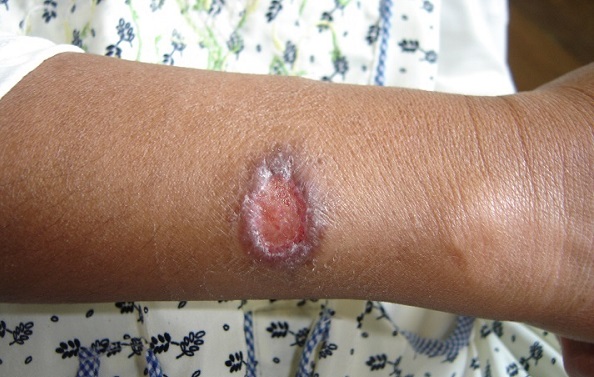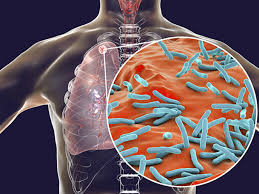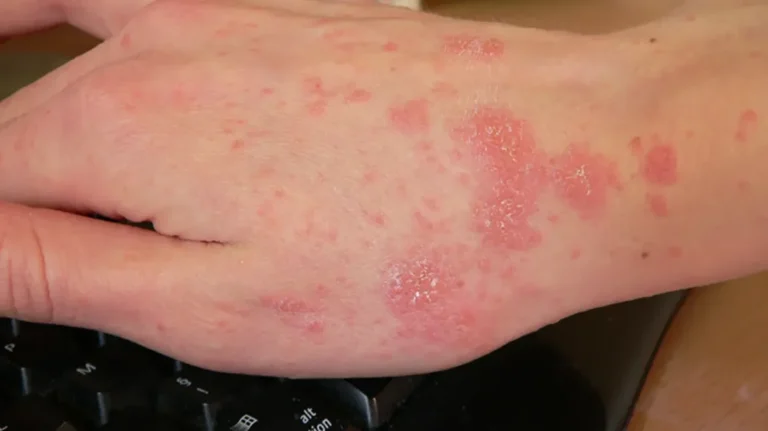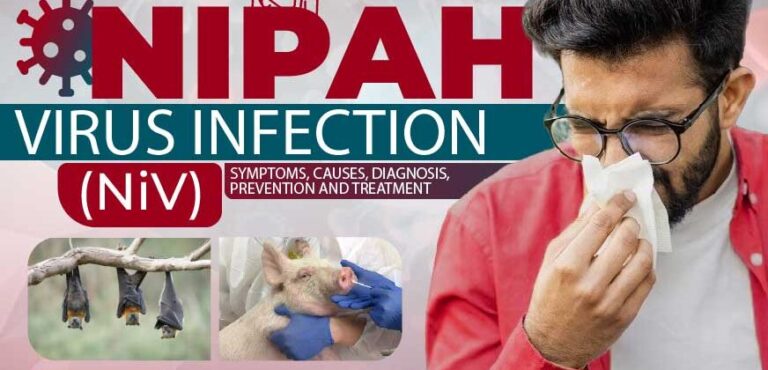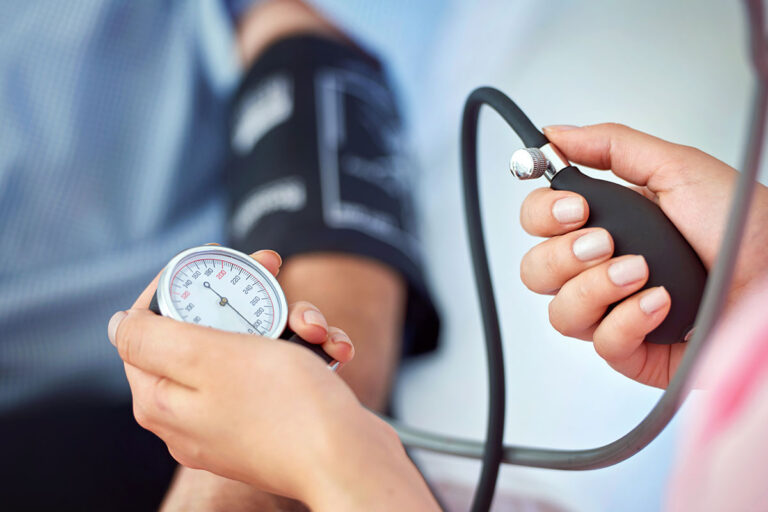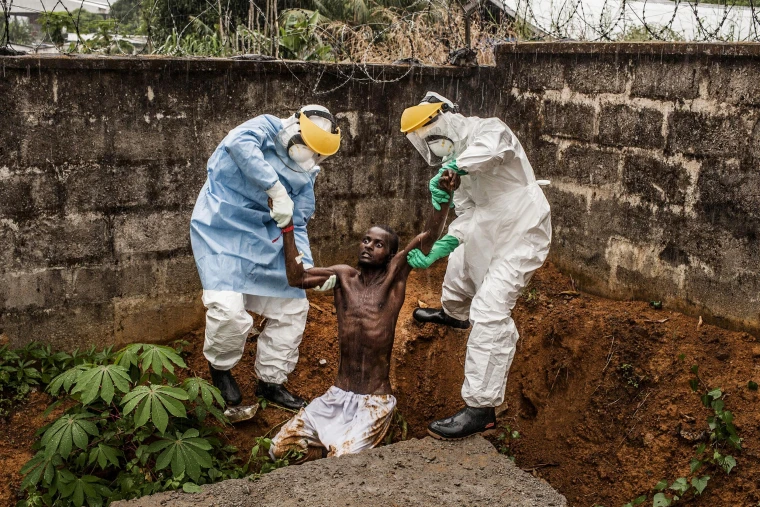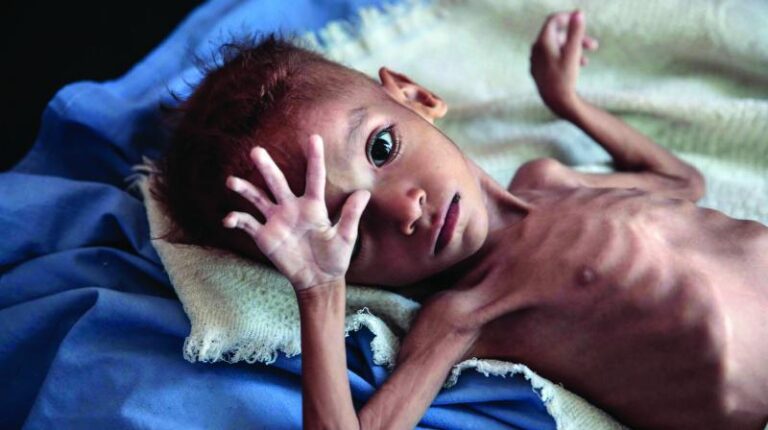Foodborne diseases
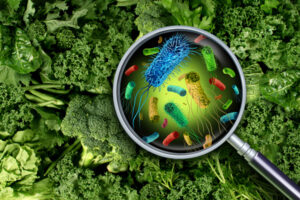 Foodborne diseases, often referred to as food poisoning, are illnesses resulting from the consumption of contaminated food or beverages. These diseases pose a significant public health burden globally, impacting individuals of all ages. Understanding the causes, symptoms, and prevention of foodborne illnesses is essential for protecting public health.
Foodborne diseases, often referred to as food poisoning, are illnesses resulting from the consumption of contaminated food or beverages. These diseases pose a significant public health burden globally, impacting individuals of all ages. Understanding the causes, symptoms, and prevention of foodborne illnesses is essential for protecting public health.
Causes of Foodborne Diseases:
Food can become contaminated at any point during production, processing, or preparation. Common causes include:
- Bacteria:
- Salmonella: Found in raw poultry, eggs, and dairy products.
- Campylobacter: Commonly found in raw or undercooked poultry.
- Escherichia coli (E. coli): Can contaminate raw ground beef, unpasteurized milk, and fresh produce.
- Listeria monocytogenes: Found in ready-to-eat meats, dairy products, and produce.
- Salmonella: Found in raw poultry, eggs, and dairy products.
- Viruses:
- Norovirus: Highly contagious and often spread through contaminated food or water.
- Hepatitis A: Can be transmitted through contaminated food or water, especially shellfish.
- Norovirus: Highly contagious and often spread through contaminated food or water.
- Parasites:
- Toxoplasma gondii: Found in raw or undercooked meat.
- Trichinella spiralis: Can be found in raw or undercooked pork.
- Toxoplasma gondii: Found in raw or undercooked meat.
- Toxins:
- Produced by bacteria, such as Staphylococcus aureus, which can cause rapid-onset food poisoning.
- Naturally occurring toxins, such as those found in certain mushrooms or seafood.
- Produced by bacteria, such as Staphylococcus aureus, which can cause rapid-onset food poisoning.
- Chemicals:
- Pesticides, heavy metals, and other chemical contaminants.
- Pesticides, heavy metals, and other chemical contaminants.
Symptoms:
Symptoms of foodborne illness can vary depending on the causative agent, but common symptoms include:
- Nausea and vomiting.
- Diarrhea.
- Abdominal cramps.
- Fever.
- Headache.
- Muscle aches.
In severe cases, foodborne illnesses can lead to dehydration, kidney failure, and even death.
Prevention:
Preventing foodborne diseases requires careful attention to food safety practices:
- Clean:
- Wash hands thoroughly with soap and water before and after handling food.
- Clean and sanitize kitchen surfaces and utensils.
- Wash fruits and vegetables thoroughly.
- Wash hands thoroughly with soap and water before and after handling food.
- Separate:
- Prevent cross-contamination by keeping raw meat, poultry, and seafood separate from other foods.
- Use separate cutting boards and utensils for raw and cooked foods.
- Prevent cross-contamination by keeping raw meat, poultry, and seafood separate from other foods.
- Cook:
- Cook food to the proper internal temperature to kill harmful bacteria.
- Use a food thermometer to ensure accurate cooking.
- Cook food to the proper internal temperature to kill harmful bacteria.
- Chill:
- Refrigerate perishable foods promptly.
- Do not leave food at room temperature for more than two hours.
- Thaw frozen food safely in the refrigerator, in cold water, or in the microwave.
- Refrigerate perishable foods promptly.
- Food handling safety:
- Avoid consuming raw or undercooked food items, especially meats.
- Be mindful of food storage times, and when food may be expired.
- When eating at restaurants, be mindful of the restaurants cleanliness, and food handling practices.
Public Health Importance:
Foodborne diseases have a significant impact on public health, causing millions of illnesses and thousands of deaths each year. Public health agencies play a crucial role in:
- Monitoring foodborne disease outbreaks.
- Investigating the causes of outbreaks.
- Developing and implementing food safety regulations.
- Educating the public about food safety practices.
By promoting safe food handling practices and implementing effective public health measures, we can reduce the burden of foodborne diseases and protect public health.

